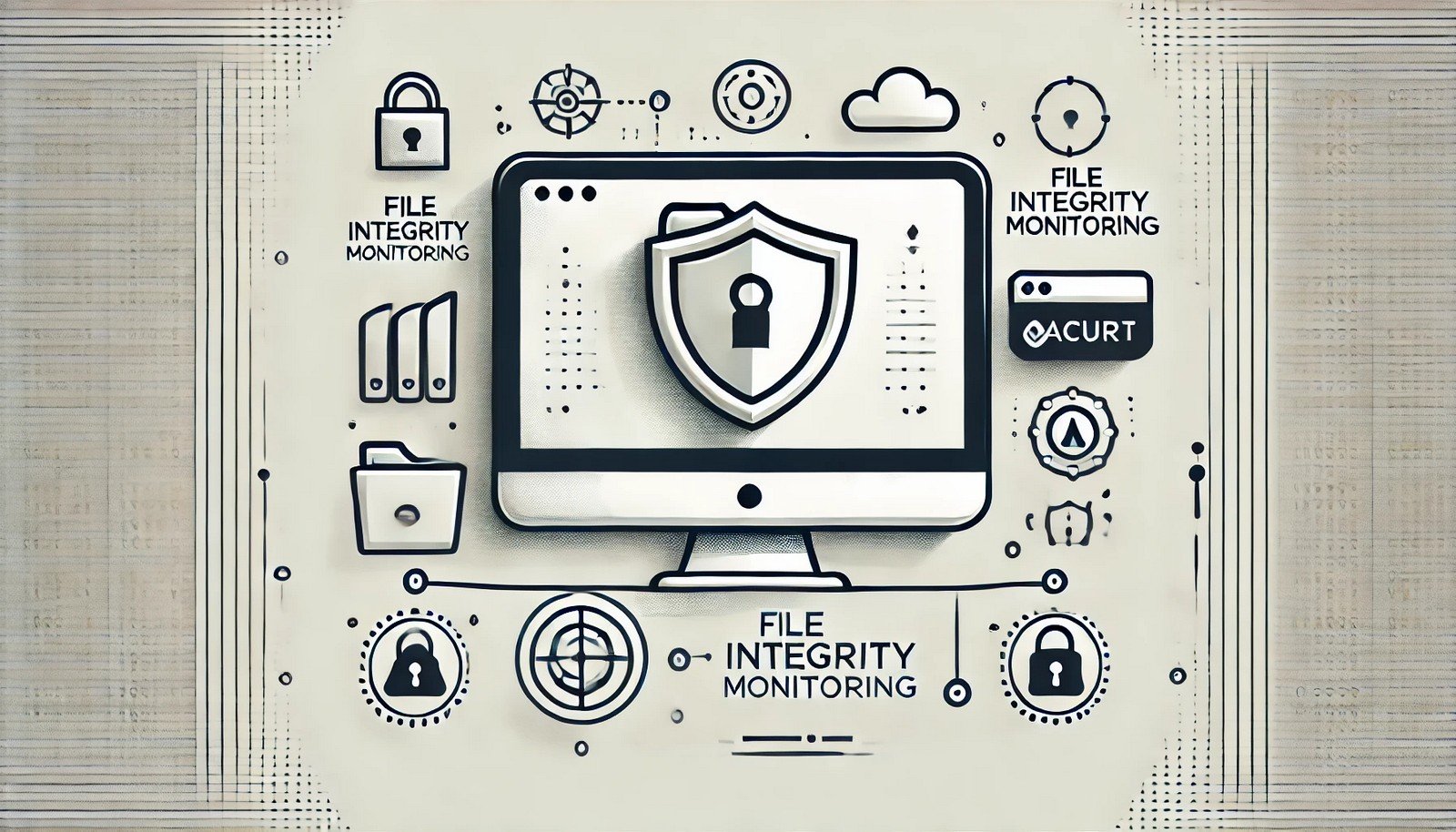File Integrity Monitoring
 (Representational Image | Source: Dall-E)
(Representational Image | Source: Dall-E)
Quick Navigation:
- File Integrity Monitoring Definition
- File Integrity Monitoring Explained Easy
- File Integrity Monitoring Origin
- File Integrity Monitoring Etymology
- File Integrity Monitoring Usage Trends
- File Integrity Monitoring Usage
- File Integrity Monitoring Examples in Context
- File Integrity Monitoring FAQ
- File Integrity Monitoring Related Words
File Integrity Monitoring Definition
File Integrity Monitoring (FIM) is a security process that detects unauthorized changes to files and systems. It ensures that critical files, such as system configurations and application data, remain unaltered unless explicitly modified by authorized personnel. FIM operates by comparing current file states with baseline records, identifying discrepancies that could indicate cyber threats like malware attacks, insider threats, or unauthorized access. It is widely used in industries with regulatory compliance requirements such as healthcare, finance, and cybersecurity.
File Integrity Monitoring Explained Easy
Imagine you have a diary where you write your thoughts every day. Now, suppose someone secretly changes something you wrote, and you wouldn’t know unless you had a copy of your original pages to compare. File Integrity Monitoring works the same way—it keeps an eye on important files and alerts you if someone changes them without permission.
File Integrity Monitoring Origin
The concept of File Integrity Monitoring emerged with the rise of digital security threats in the late 20th century. As organizations began relying heavily on computer systems, ensuring the integrity of files became crucial. The need for FIM was further driven by compliance regulations and industry standards designed to protect sensitive data from unauthorized modifications.
File Integrity Monitoring Etymology
The term "File Integrity Monitoring" is composed of:
- "File" referring to digital data stored in a system.
- "Integrity" signifying the unaltered and trustworthy state of a file.
- "Monitoring" indicating the continuous oversight and detection of changes.
File Integrity Monitoring Usage Trends
With the rise in cyberattacks, FIM has become a fundamental component of security frameworks. Regulatory bodies like PCI DSS, HIPAA, and ISO 27001 require organizations to implement FIM solutions for compliance. Cloud security and DevOps have also fueled its evolution, with modern FIM tools integrating with automation, machine learning, and real-time monitoring to improve accuracy and efficiency.
File Integrity Monitoring Usage
- Formal/Technical Tagging:
- Cybersecurity
- Compliance
- IT Security - Typical Collocations:
- "real-time file integrity monitoring"
- "detecting unauthorized file changes"
- "FIM security solution"
- "audit compliance with FIM"
File Integrity Monitoring Examples in Context
- A company implements FIM to detect unauthorized modifications in critical system files, preventing potential data breaches.
- An online banking service uses FIM to track changes in user transaction logs, ensuring fraud prevention.
- Healthcare organizations apply FIM to comply with HIPAA regulations by monitoring changes to patient records.
File Integrity Monitoring FAQ
- What is File Integrity Monitoring (FIM)?
FIM is a security measure that detects and alerts on unauthorized changes to files or systems. - How does File Integrity Monitoring work?
It compares the current state of files with a baseline version, identifying and reporting any modifications. - Why is FIM important in cybersecurity?
It helps prevent unauthorized access, malware infections, and insider threats by ensuring file integrity. - Which industries require FIM?
Finance, healthcare, government, and e-commerce industries implement FIM to meet compliance standards. - Can FIM detect ransomware attacks?
Yes, FIM can detect sudden unauthorized file changes, a common sign of ransomware encryption. - What regulations mandate File Integrity Monitoring?
PCI DSS, HIPAA, SOX, and ISO 27001 all require FIM for compliance. - Does FIM work in cloud environments?
Yes, modern FIM solutions support cloud-based infrastructure monitoring. - How does FIM integrate with SIEM systems?
FIM feeds file change alerts into Security Information and Event Management (SIEM) for deeper analysis. - Is FIM only for large enterprises?
No, small and medium-sized businesses also use FIM to enhance security. - What is the difference between FIM and antivirus software?
Antivirus detects and removes malware, while FIM monitors and alerts on unauthorized file changes.
File Integrity Monitoring Related Words
- Categories/Topics:
- Cybersecurity
- Compliance Auditing
- Data Protection
Did you know?
NASA uses File Integrity Monitoring to safeguard critical mission data. By implementing FIM across its systems, NASA ensures that data transmitted from space missions remains intact and unaltered, preserving the accuracy of scientific discoveries.
PicDictionary.com is an online dictionary in pictures. If you have questions or suggestions, please reach out to us on WhatsApp or Twitter.Authors | Arjun Vishnu | @ArjunAndVishnu

I am Vishnu. I like AI, Linux, Single Board Computers, and Cloud Computing. I create the web & video content, and I also write for popular websites.
My younger brother, Arjun handles image & video editing. Together, we run a YouTube Channel that's focused on reviewing gadgets and explaining technology.



Comments powered by CComment